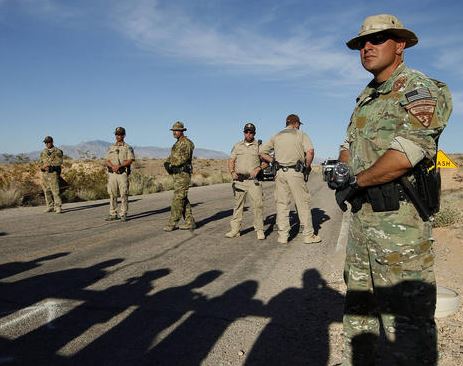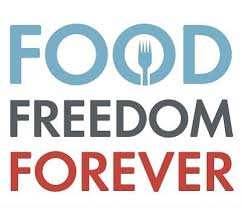Although we’ve talked about it before, Magna Carta doesn’t seem to mean much to most people, but if you care about history, or freedom and liberty, its definitely worth talking about.
 The story of Robin Hood has always appealed to me. The good prevailing over evil is always one of my favorite themes. However, when I was young and up until recently, I did not realize that the story of Robin Hood was based on factual events. Although, the story and characters are apparently fictional and are derived from English Saxon folklore, the basic premise did in fact occur.
The story of Robin Hood has always appealed to me. The good prevailing over evil is always one of my favorite themes. However, when I was young and up until recently, I did not realize that the story of Robin Hood was based on factual events. Although, the story and characters are apparently fictional and are derived from English Saxon folklore, the basic premise did in fact occur. Of course it was not Robin Hood and his Merry Men who brought King John to his knees in June of 1215. That was accomplished by a band of John’s own barons. But here and there over the last couple of centuries, stories of the legendary woodsman and vigilante have crept up in connection to the creation of democracy’s greatest historical document. King John, formerly Prince John, murdered his brother, King Richard, The Lionheart, the true heir to the throne and began tyrannizing the people. He confiscated more and more of their wealth, imprisoned them without trial, and even violated their wives. In 1214 he demanded such high taxes from everyone that the poor serfs were starving in the streets. Serfdom, another form of Government that does not work.
The nobles and landowners, wrote a letter to the king demanding that he abide by the law. King John refused their request and multiplied his efforts to tyrannize nobles and peasants alike. So the nobles made a choice and went to the most committed spiritual leader of the time, Stephen Langton, the Archbishop of Canterbury. They asked him to write a document that would force the king to limit his power based on the law of the land (the biblically-based common law). Langton was well motivated to write this document since he had seen some of his own family torn from his house and exiled by this wicked monarch.
 Langton’s writing became known as Magna Carta, the foremost document of liberty ever produced. Magna Carta, and its 63 articles, became the masterpiece of Christian liberty for the next 800 years. Its first article insured that the church shall forever be free from state interference. It stipulated that there could be no taxation without representation. It demanded a trial for every freeman by a jury of peers.
Langton’s writing became known as Magna Carta, the foremost document of liberty ever produced. Magna Carta, and its 63 articles, became the masterpiece of Christian liberty for the next 800 years. Its first article insured that the church shall forever be free from state interference. It stipulated that there could be no taxation without representation. It demanded a trial for every freeman by a jury of peers.While the Magna Carta is revered and respected today as being the ‘grand-daddy’ of constitutions, and while it is studied, analyzed, and to a large degree copied, a fact rarely considered is that the Magna Carta was ‘consumer-driven’.
The King did not write a constitution in which a few crumbs of monarchial self-discipline graciously thrown to the public were greatly outweighed by his own rights and privileges. It was the barons, nobles and clergy who as objects of the king’s whims and the taxpayers who funded them, it was they who drew up the Great Charter and compelled the King to agree to it.
Over the course of 800 years, the idea of Magna Carta gathered momentum and assumed a greater authority in respect of the central key clauses concerning liberty and justice. These central clauses, usually referred to as 38 and 39, have not only stood the test of time, but have a potency of their own which has seen off hundreds of attempts at annulment, repeal, modification and suspension by successive monarchs and governments.
The Magna Carta has been the most valuable export of Great Britain to the rest of the world.
It is not as simple as all this, as this is a brief over-view. To be sure, there were many conflicts and war over this document for years after the signing of it that would fill a very thick novel.
But, June 15th 2015 is the 800th birthday of the signing of the Magna Carte and deserves remembrance — the foundation of Anglo-American self-rule.


